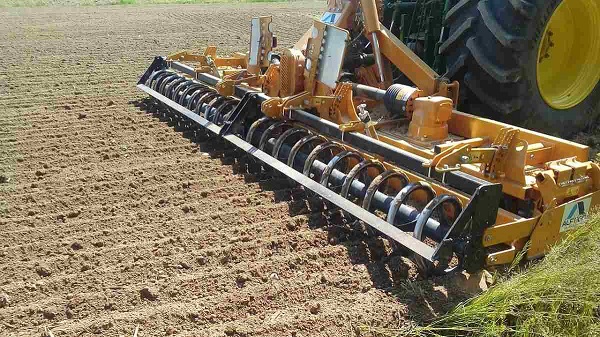The soil is the backbone of agriculture. Hence, it is essential to know about soil before farming. Soils are of a variety of types, some are loamy and fertile while some are sandy and infertile.
Every type of soil is not suitable for every crop.
The crops grown in fertile soil will not necessarily give yield, because, for better quality, yield preparation of the soil is essential.
Let’s see the properties and types of soil and methods to prepare the soil.
What is Soil Profile?
Soil formation is the combined result of physical, chemical and biological processes under certain environmental conditions. The soil is a combination of biotic and abiotic components. It contains microorganisms, worms, minerals, decaying organic matter, humus, and elements like water and air which altogether makes the soil fertile and a source of nutrients. The soil is mainly of three types: sandy soil, clayey soil, and loamy soil. Among these loamy soil is more suitable for farming. An ideal soil for agriculture has the following characteristics:
- Good water holding capacity
- Proper aeration
- Good consistency (texture)
- Balanced acid and alkaline content
- Rich in nutrients (micro and macronutrients)
Soil preparation
No soil is ideal hence it necessitates the preparation of the soil before and after the cultivation. Soil fertility may be lost due to continuous farming; for the replenishment of soil contents, it is prepared prior to sowing of seeds. In agriculture, ploughing, levelling, and manuring are the three steps of soil preparation.
Ploughing includes loosening and digging of soil. During ploughing, the soil is loosened which improves the aeration in the soil thus air is available for breathing and roots are easily penetrated between soil. The loosened soil is important for the growth of microorganisms and earthworms. They further turn and loosen the soil and also add humus to it by decomposing the organic matter. Ploughing also brings the nutrient rich soil to the top. Other purposes of ploughing are the integration of manure, uprooting of weeds, removal of infectious pathogens, insects etc. Ploughs of wood or iron are used for this purpose. Bullocks or tractors are used to pull this plough. Hoe is another tool used to uproot weeds and loose soil.
Levelling helps in even distribution and soil is levelled after ploughing. A plank of wood or iron is used for this. Levelling also helps in water distribution without logging during irrigation.
Also Refer: Irrigation
After ploughing and levelling, manure is applied to further stages of farming. Manuring is done to replenish the soil with nutrients and thus helps in the proper growth of the crop.
Soil preparation makes an agricultural field fertile and ready for farming. Manuring and removal of weeds at a regular interval and frequency help farmers yield a better product.
Learn more in detail about soil, types of soil, soil profile, preparation of soil and other related topics at BYJU’S Biology.
Frequently Asked Questions on Agriculture Soil Formation And Preparation
What are the steps of soil preparation?
Ploughing, levelling, and manuring are the three steps of soil preparation.
What is the importance of plouging?
Ploughing loosens up the soil and improves aeration. This is important because the roots can breathe and easily penetrate the soil. The loosened soil is also important for the growth of microorganisms and earthworms. They further turn and loosen the soil and also add humus to it by decomposing the organic matter. Ploughing also brings the nutrient rich soil to the top.
What is the importance of levelling?
Levelling helps in even distribution of soil and also helps in water distribution without logging during irrigation.
What are the types of soil?
Sandy soil, clayey soil, and loamy soil are the types of soil.
Source:byjus
Also Read
